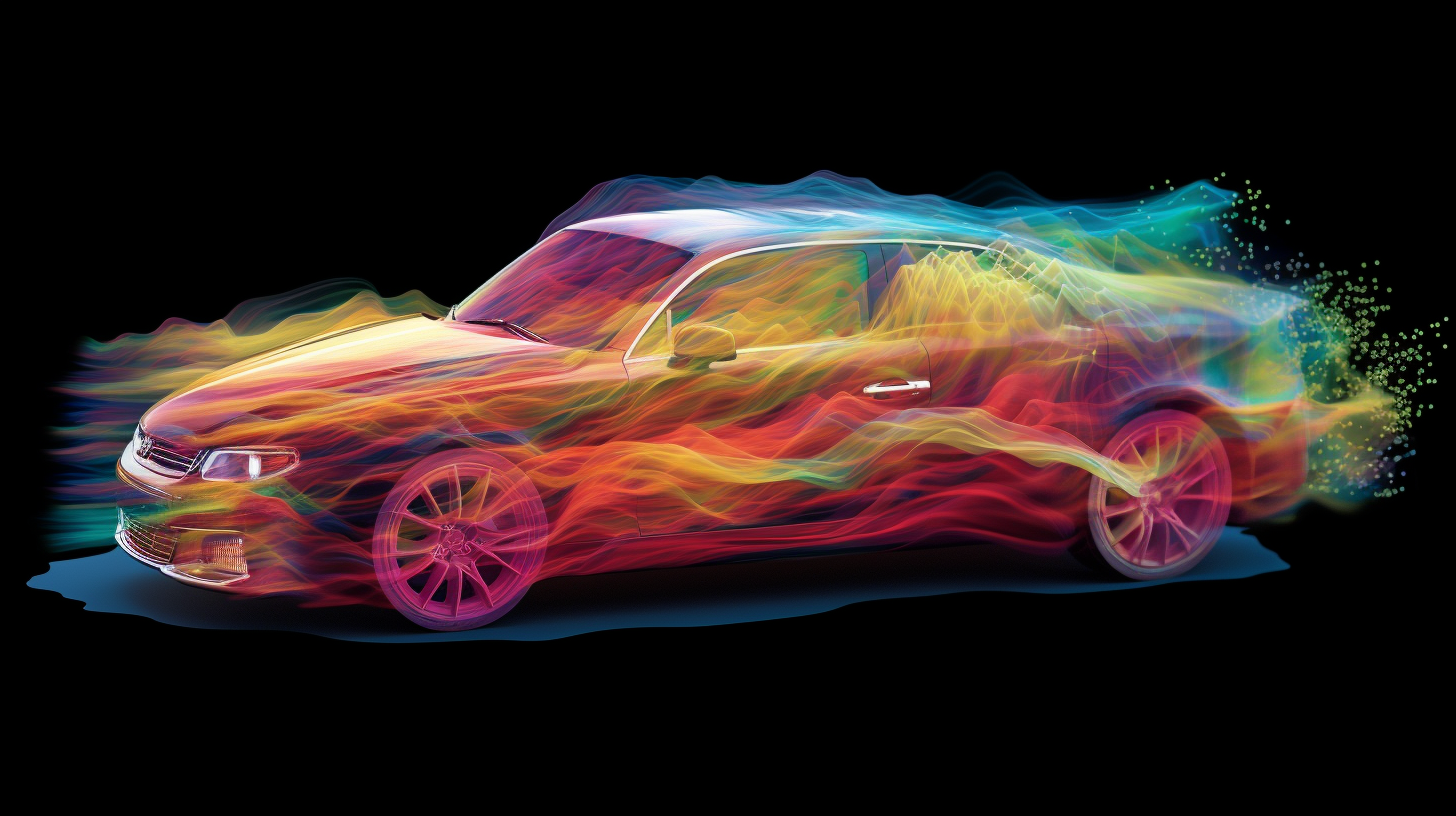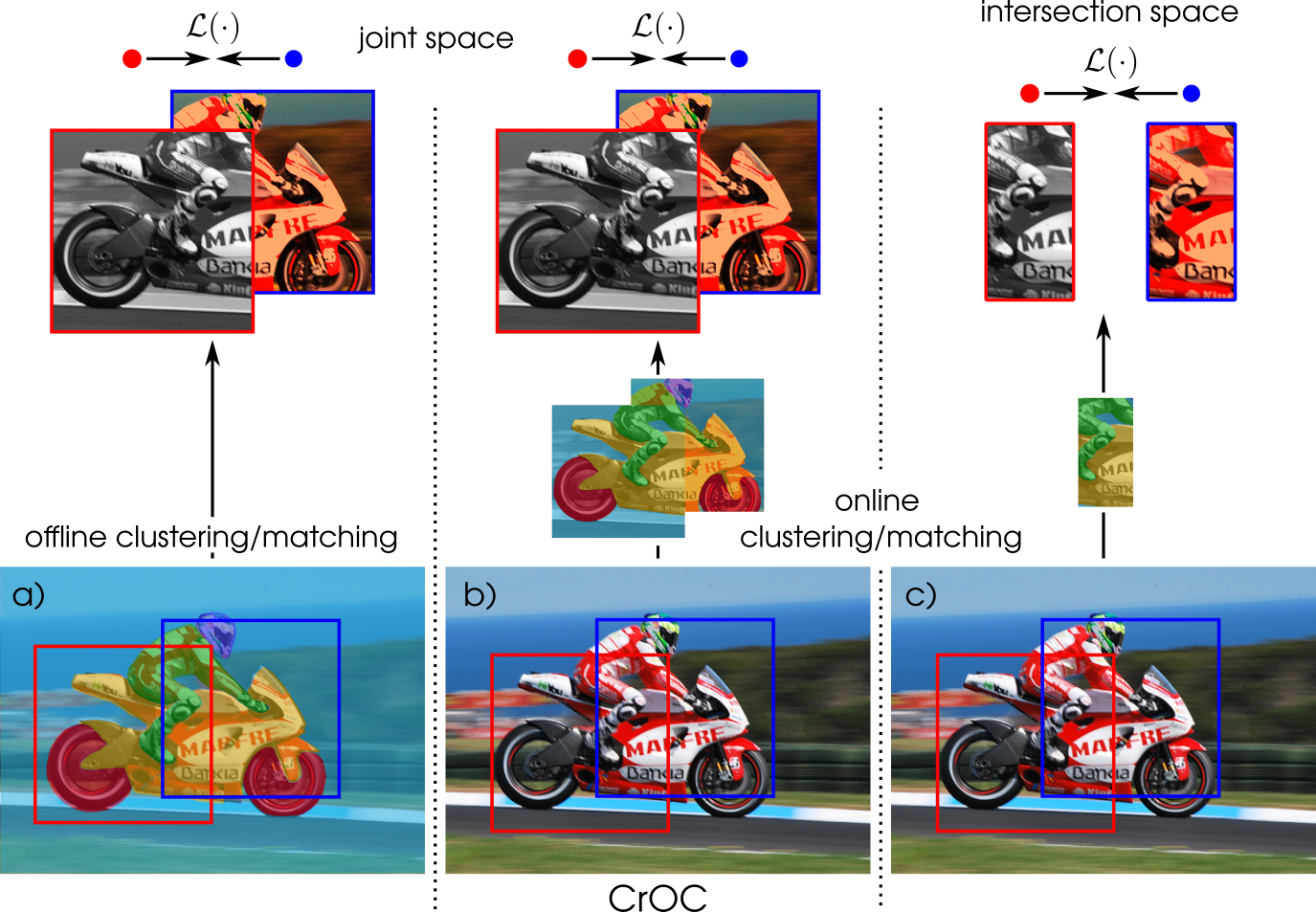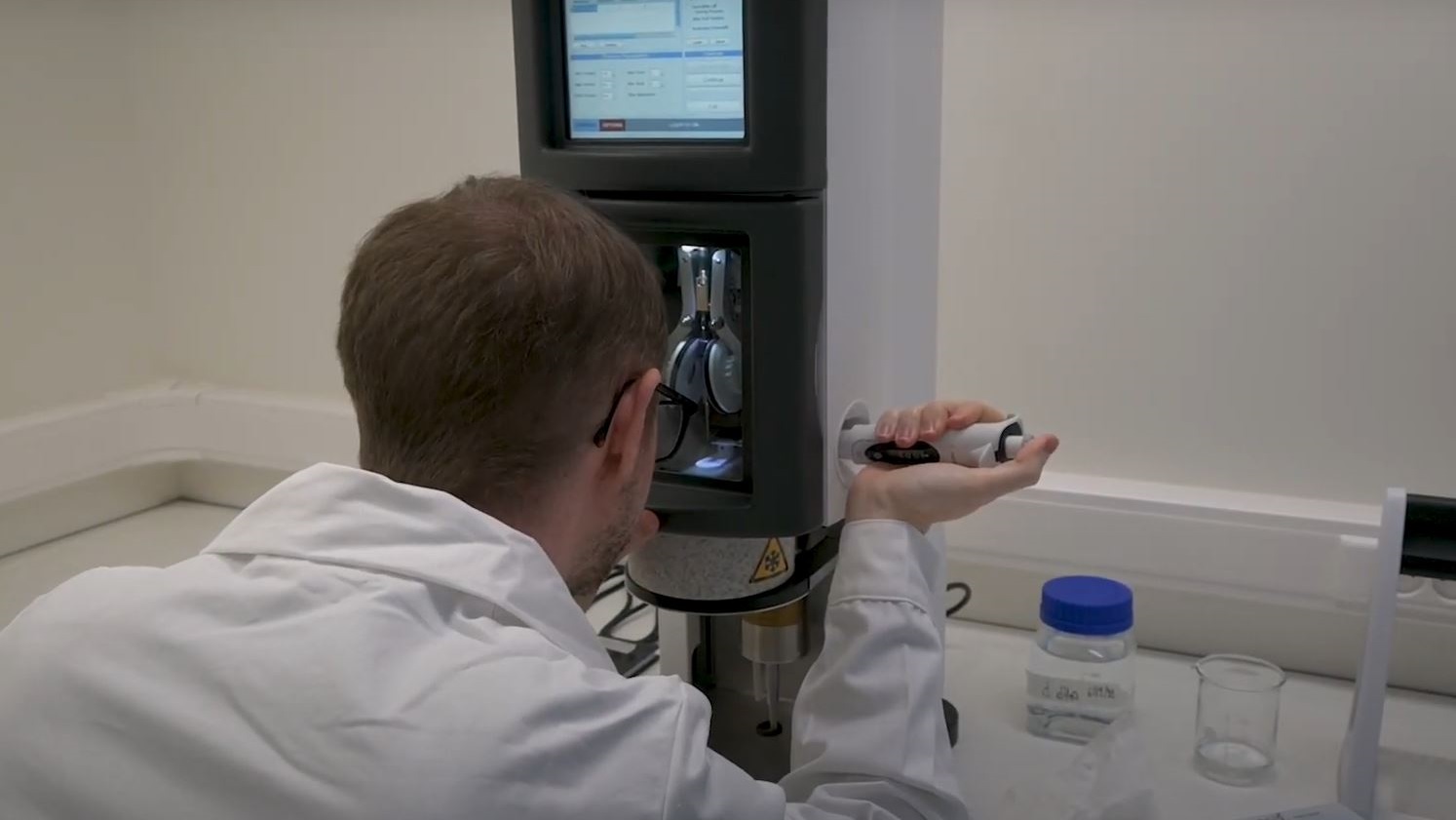Fuel and operational flexibility in micro Gas Turbine combustors for sustainable energy production

Finding means to fight climate change is a major target of today's scientific research. To this aim, it is essential to limit greenhouse gas emissions, for instance by replacing fossil fuels with alternatives such as biogas or hydrogen, or by combining power and heat generation. Maintaining complete and stable combustion in such unconventional conditions is not straightforward. In this user story, Alessio Pappa explains how his research can help design better combustors for sustainable energy production.








